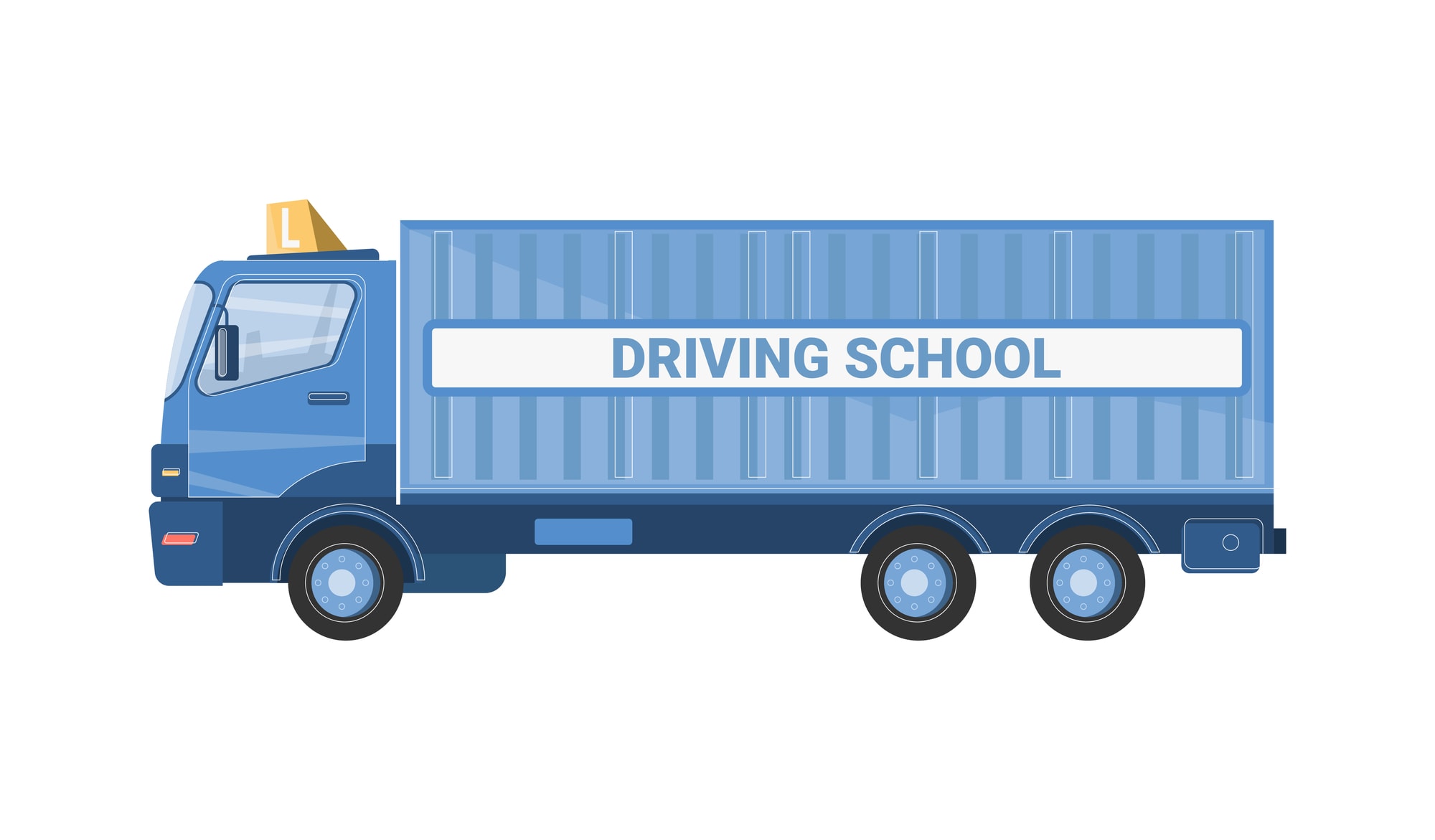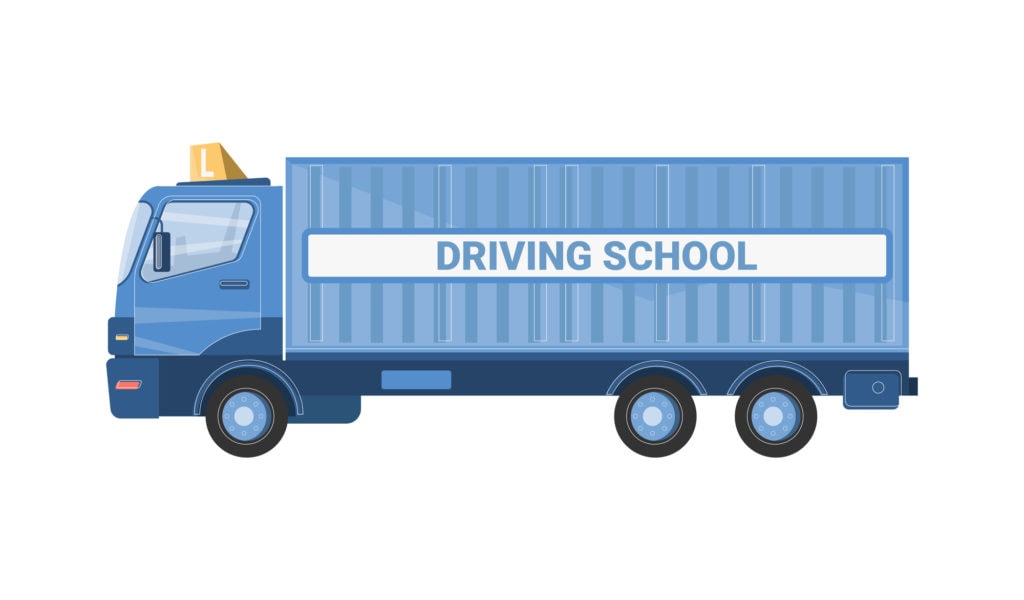The Federal Motor Carrier Safety Administration unveiled its plan last week to address the national shortage of truck drivers by lowering the age for interstate licenses to 18. The federal apprenticeship pilot program, which is part of President Biden’s $1 trillion infrastructure plan, is expected to funnel thousands of newly licensed drivers onto the interstate roadways in the coming months.
Until now, younger drivers have been able to get a CDL in 49 and Washington D.C., but federal regulations restricted them from transporting cargo across state lines until the age of 21. By lowering the qualification age, the FMCSA and the Transportation Department want to expand the labor pool to address the acute and long-term shortage of truck drivers.
The nation-wide labor shortage has made an already bad shortage of truck drivers worse. Currently, the American Trucking association estimates that employers are lacking more than 80,000 drivers. Yet Americans have put increased demand on trucking services with the rise of online shopping and delivery services. In a country where nearly 75% of cargo moves on 18 wheels, the driver shortage is also contributing to supply chain disruptions.
How the Lower Age Limit Will Affect Trucking
- An Infusion of Young Blood – Commercial driving is an aging industry, and as more licensed drivers retire out of it, less young people are being recruited in. Those who developed the new pilot program believe that it will address the difficulty of recruiting young people. It will close the historical gap between graduation age and when they can legally drive a truck across state lines, decreasing the possibility that recruits will have already found jobs in other industries.
- A Focus on Job Preparation – Driving The rules would be stricter for 18-year-olds, who would be required to have a commercial driver’s license for intrastate commerce and complete two probationary periods—one 120-hour probationary period and a 280-hour probationary period under an employer-sponsored apprenticeship program. Drivers aged 19 or 20 could do the same thing, or become eligible, if they have a CDL and have driven within their state for at least one year and 25,000 miles.
- Greater Training Requirements – The pilot program will also set up training procedures so that 18-year-olds with a state-issued commercial license and a clean driving record can drive trucks on interstates with direct supervision from experienced drivers. ‘Experienced drivers’ must be at least 26 years old and have five years of experience, including two years without incident, driving semi-trucks.
- More Oversight for Newbies – After the probationary period, new drivers will be able to drive alone until the age of 21, but will be constantly monitored by transportation companies. They must operate with forward-facing video cameras recording their performance. Apprentices will also not be allowed to haul more than one trailer or transport hazardous materials.
- Technology Will Be Used to Enforce Safety – Vehicles used in the program must be equipped with active braking collision avoidance systems (CAS) and their speed limit will be automatically limited to 65 miles per hour.
Will this Affect Limo Drivers?
The jury is still out on that. It’s too early to tell if the pilot program will have any noticeable effect on the livery industry, which is also struggling with the current labor shortage and lack of younger candidates interested in becoming drivers.
With the current spotlight on infrastructure and transportation, this may be a good opportunity to bring certain issues to light. If we were to make a wish list, however, these are the types of solutions that we would like to see in the luxury transportation industry:
- Streamlined regulations from state to state regarding CDL and chauffeur licenses and other requirements for livery drivers.
- Requiring insurance companies to offer use-based insurance for fleet vehicles to help business owners reduce costs without compromising safety.
- Requiring vehicles that are modified after-market to transport nine or more passengers to comply with the same safety measures as other commercial vehicles.
Could it Harm the Livery Industry Rather than Help?
In a letter penned last year by the president of the Transportation Alliance, executive director of the CTAA, and president of the National Limousine Association, some serious negative effects were outlined. Here’s what the letter title “NLA Joins Industry Alliance Against Proposed Changes to CDL Requirement” states.
- Proposed law changes could impose longer and more expensive training and licensing for drivers required to have a CDL. Currently, “commercial driving schools can take upwards of 100 hours and cost from $1,800 to $6,500 on average.”
- It could actually make the driver shortage worse if a CDL is required even for smaller vehicles. “Many current, non-CDL drivers will choose to opt-out of driving and look for other job opportunities with lower barriers to entry, forcing our industry to compete for drivers with existing CDL-based businesses.”
- It could result in higher labor costs and, in turn, increased priced for customers.
Related article: New Tech is Solving Old Transportation Problems.
For more information on news affecting the transportation industry, follow LimoLive24 on Facebook and LinkedIn.





